Little-known details about dentists
Trending Now
Welcome to the fascinating and occasionally bizarre world of dentistry! While most of us are familiar with the routine of dental checkups and cleanings, there’s a whole universe of quirky facts and tales surrounding this essential profession.
From ancient remedies to modern myths, dentistry has more than a few surprises up its sleeve. So, sit back, relax, and prepare to sink your teeth into some truly intriguing dental trivia!
The Strange History of Dentistry: From Ancient Times to Modern Day
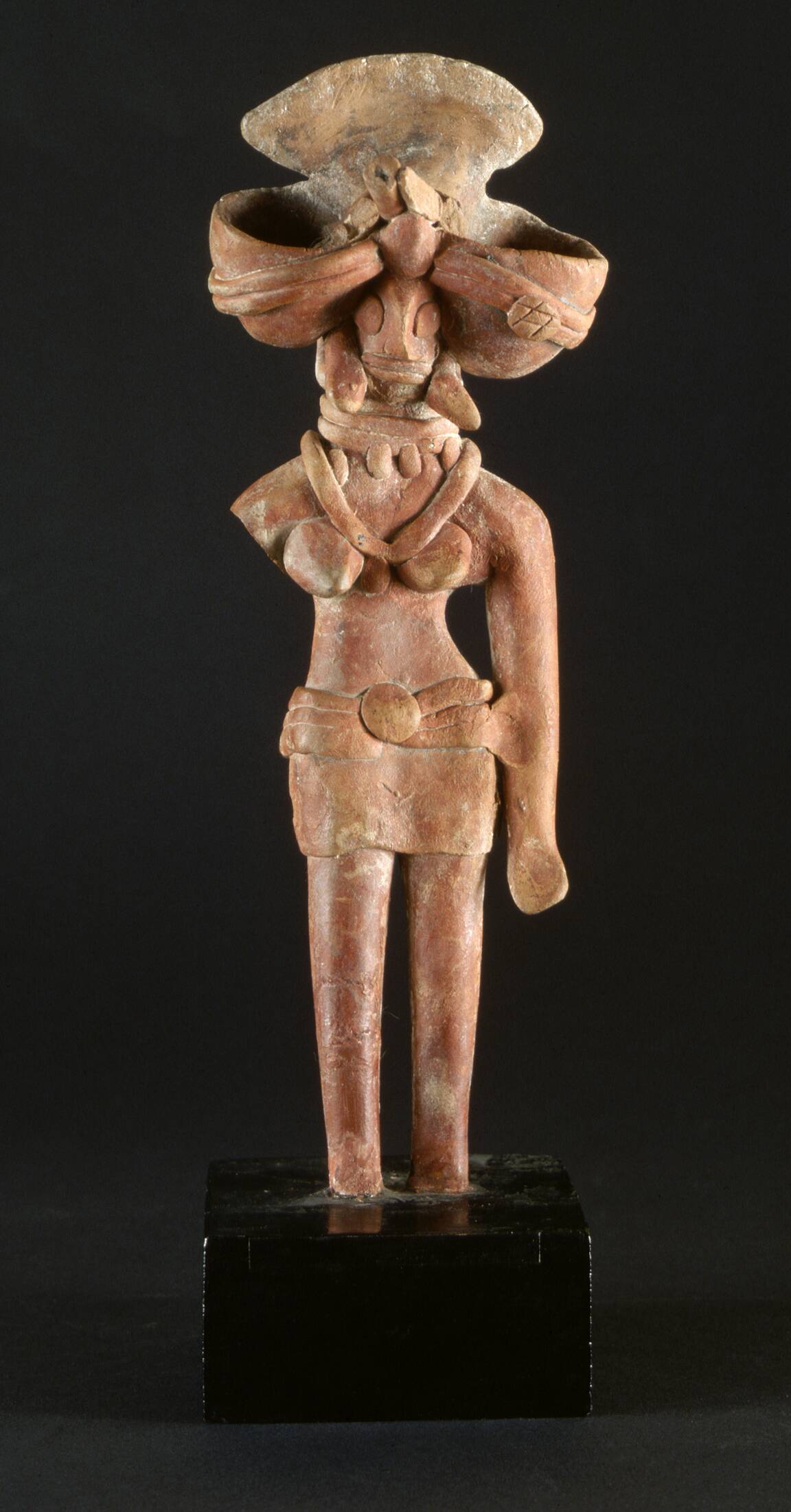
Dentistry has come a long way since its origins. Did you know that the first evidence of dental work dates back to 7000 BC in the Indus Valley Civilization? People used flint drill heads to treat tooth decay!
Fast forward to the Middle Ages, and barbers often doubled as dentists, performing tooth extractions alongside haircuts. Thankfully, today’s dentists have advanced tools and techniques that are a far cry from those rudimentary methods.
The Tooth Fairy’s Origins: How Dentists Embrace the Myth
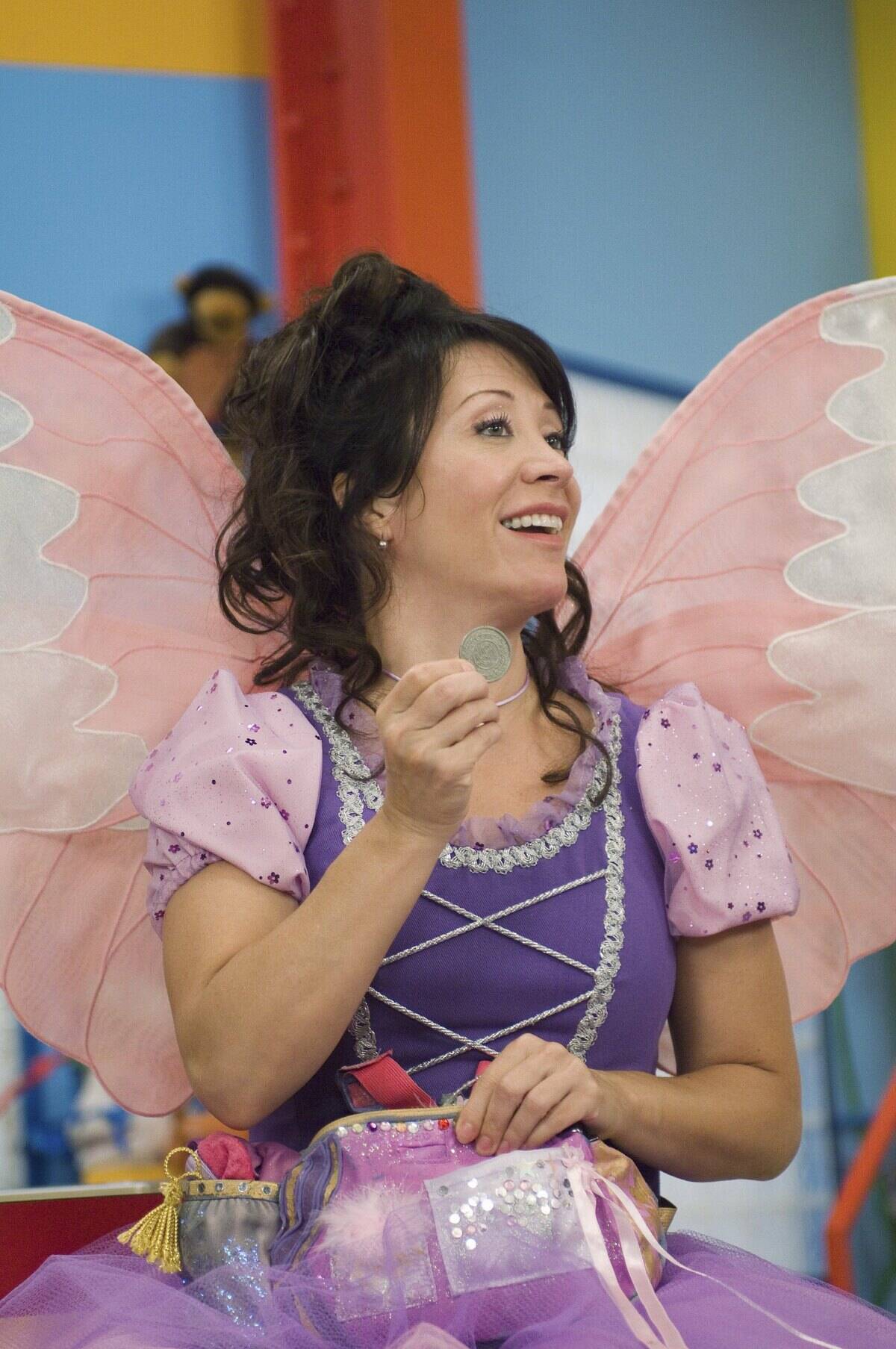
The tooth fairy is a beloved figure in many cultures, with its roots in early European traditions. In Spain, a character known as “Ratoncito Pérez” takes children’s teeth. Dentists often embrace this whimsical myth to make dental visits less intimidating for children.
Some even offer special “tooth fairy certificates” to young patients who lose a tooth during their appointment. It’s all part of making the dental experience a bit more magical and less daunting.
The Peculiar Tools of the Trade: Odd Instruments Dentists Use
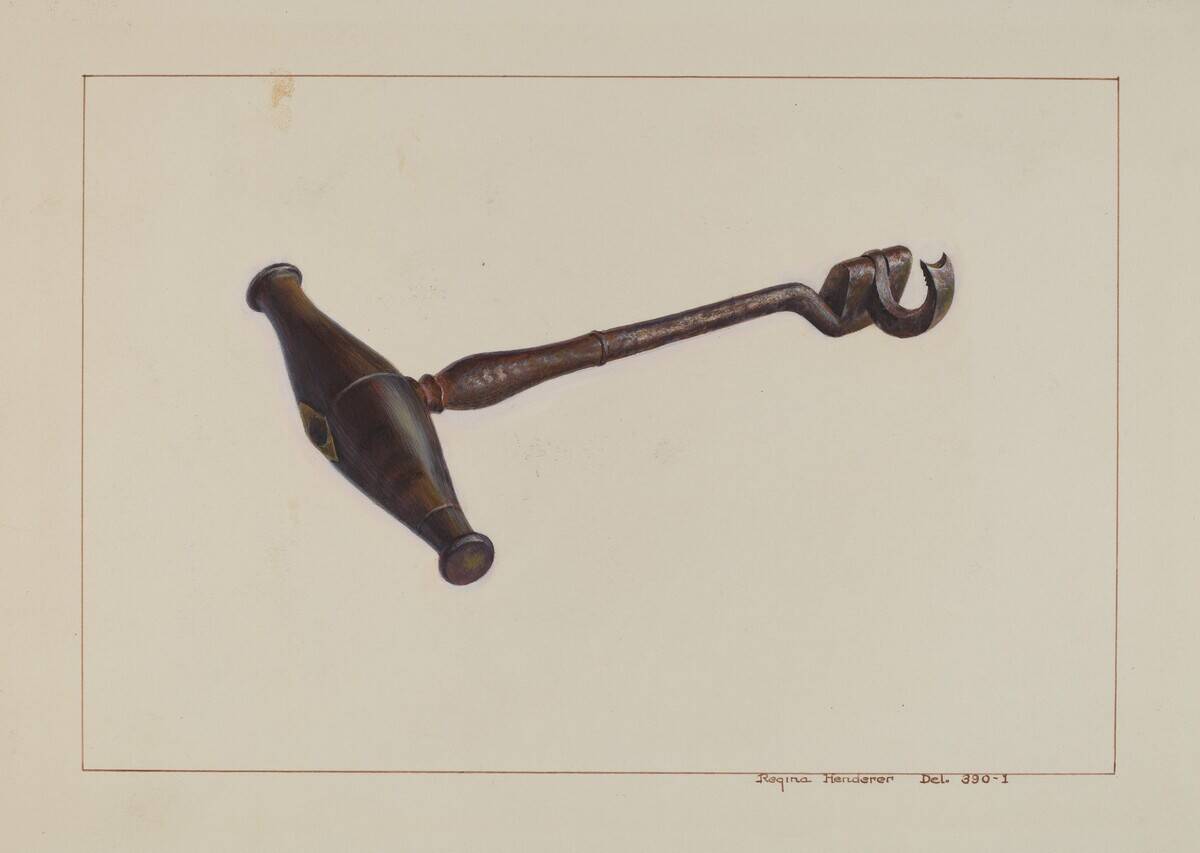
Dentists use a variety of tools that might seem strange to the average person. For instance, the “dental key” was once a popular extraction tool resembling a door key used in the 18th century.
Today, you might come across a “bite block,” which helps keep a patient’s mouth open during procedures. While these tools might look intimidating, they are essential for maintaining oral health and ensuring dental procedures run smoothly.
Laughing Gas: A Dentist’s Secret to Keeping You Calm
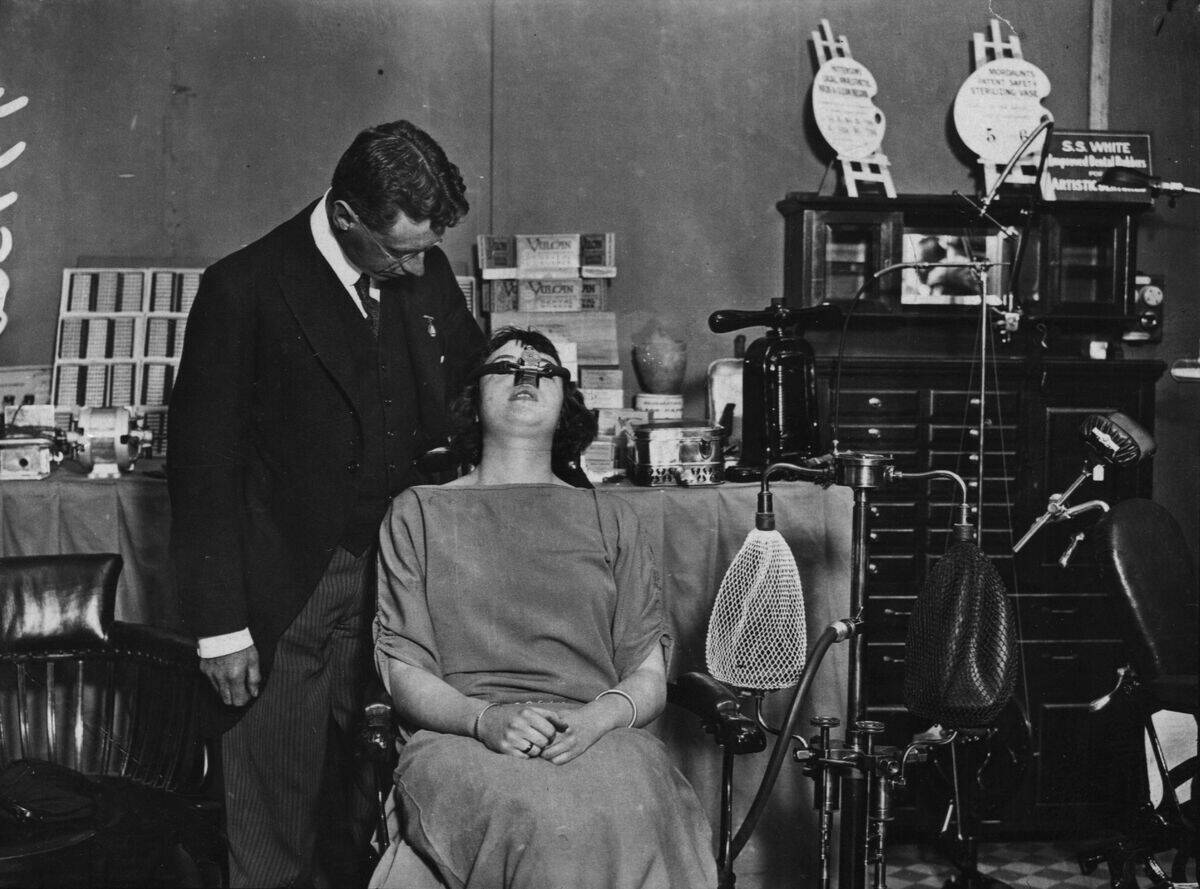
Nitrous oxide, commonly known as laughing gas, is a staple in many dental offices. First used in the 1840s, it quickly became popular for its ability to relax patients and alleviate dental anxiety.
Unlike general anesthesia, laughing gas allows you to remain conscious and responsive, but with a sense of euphoria. It’s a safe and effective way to ensure a smoother, more comfortable dental experience for those who might otherwise be apprehensive.
The Truth About Tooth Worms: An Old Dental Myth Debunked
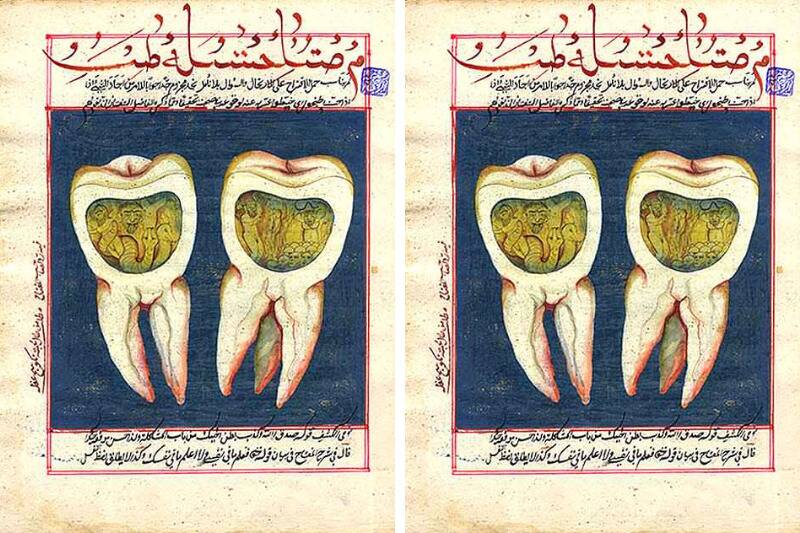
The myth of tooth worms dates back to ancient Babylonian texts, where cavities were believed to be caused by tiny worms burrowing into teeth. This idea persisted for centuries until the 18th century, when it was debunked by Pierre Fauchard, the father of modern dentistry.
He demonstrated that cavities were caused by decay, not worms. Today, we know that proper oral hygiene and regular dental checkups can prevent cavities, keeping those fictitious worms at bay.
Famous Dentists in History: More Than Just Tooth Pullers
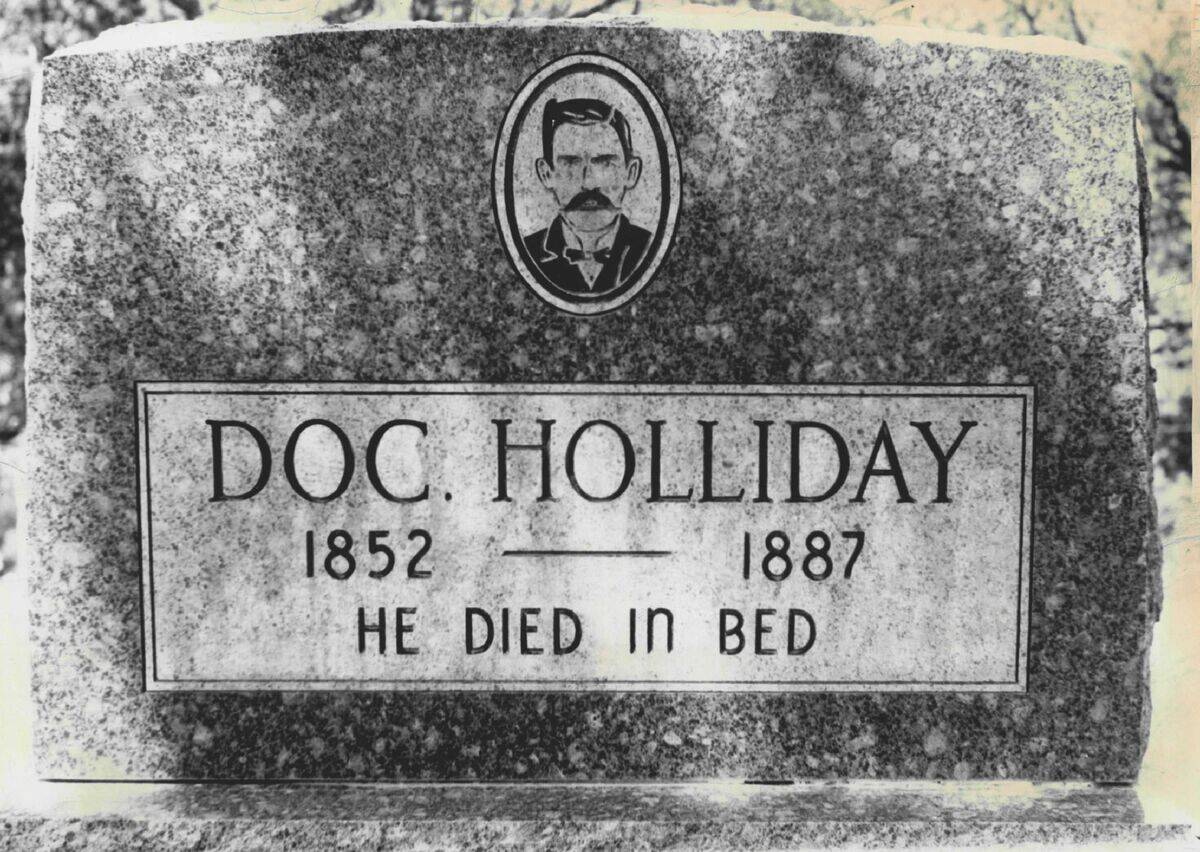
Throughout history, some dentists have made their mark beyond the dental chair. For example, Doc Holliday, the infamous gunfighter of the Wild West, was actually a trained dentist.
Another notable figure is Paul Revere, who was not only a midnight rider but also an early American dentist. These individuals prove that dentists can have diverse talents and contributions, extending their influence far beyond the realm of oral care.
Animal Dentists: How Wildlife Keep Their Teeth in Check
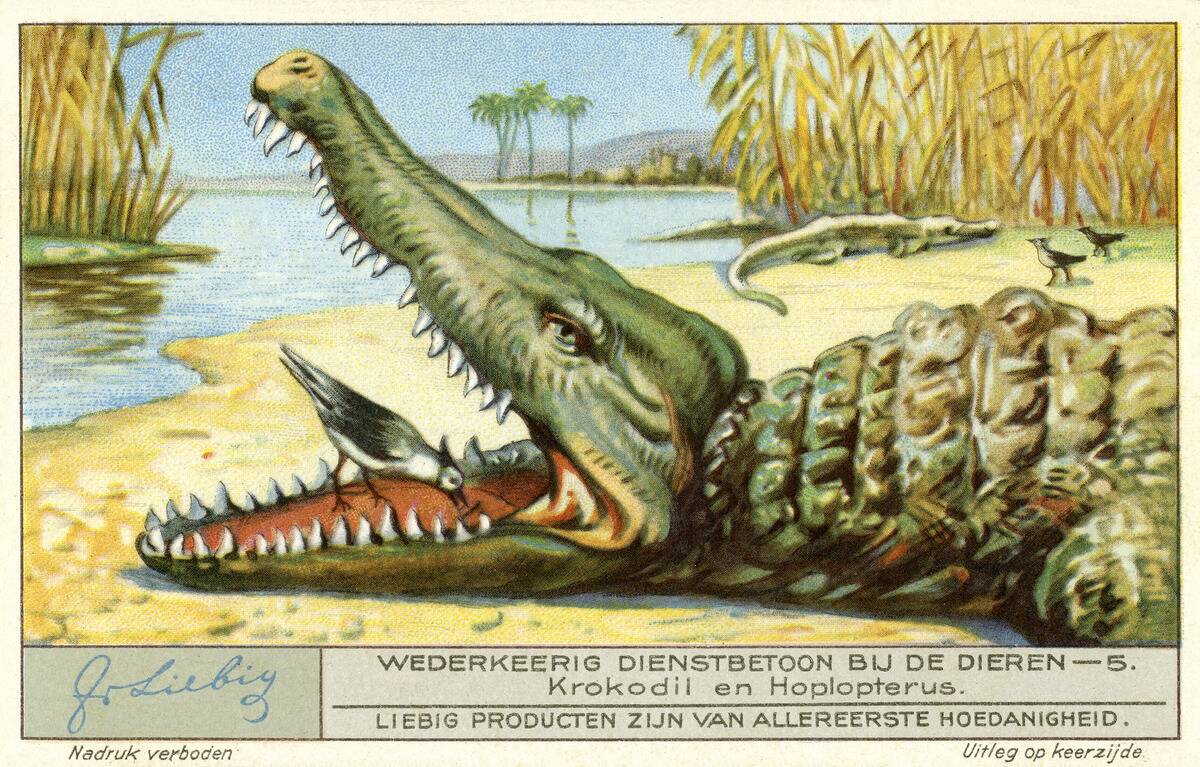
In the animal kingdom, dental care takes on some interesting forms. Elephants, for example, have molars that can weigh up to 5 kg (11 pounds) and are replaced six times throughout their lives.
Meanwhile, crocodiles have a symbiotic relationship with plover birds, which clean their teeth by picking out bits of food. These natural dental practices show that maintaining healthy teeth is important across all species, not just humans.
Dental Phobia: Why Some People Fear the Chair
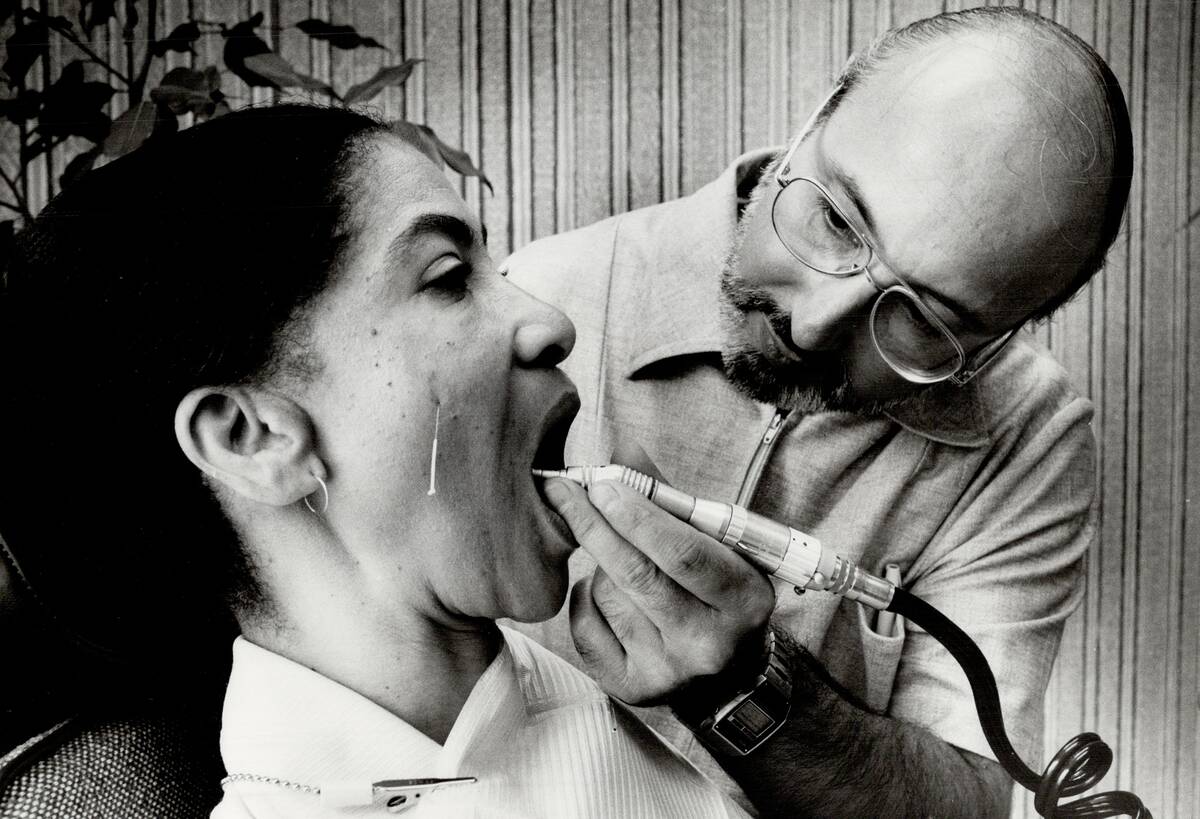
Dental phobia is surprisingly common, with an estimated 36% of the population experiencing some level of fear. This anxiety can stem from a variety of sources, such as past traumatic experiences or the fear of pain.
Dentists today are trained to address these concerns, employing techniques like sedation dentistry and creating a calming environment to help patients feel more at ease. Understanding and empathy go a long way in turning dental visits into positive experiences.
The Unique Dental Diet: Foods That Keep Your Teeth Healthy
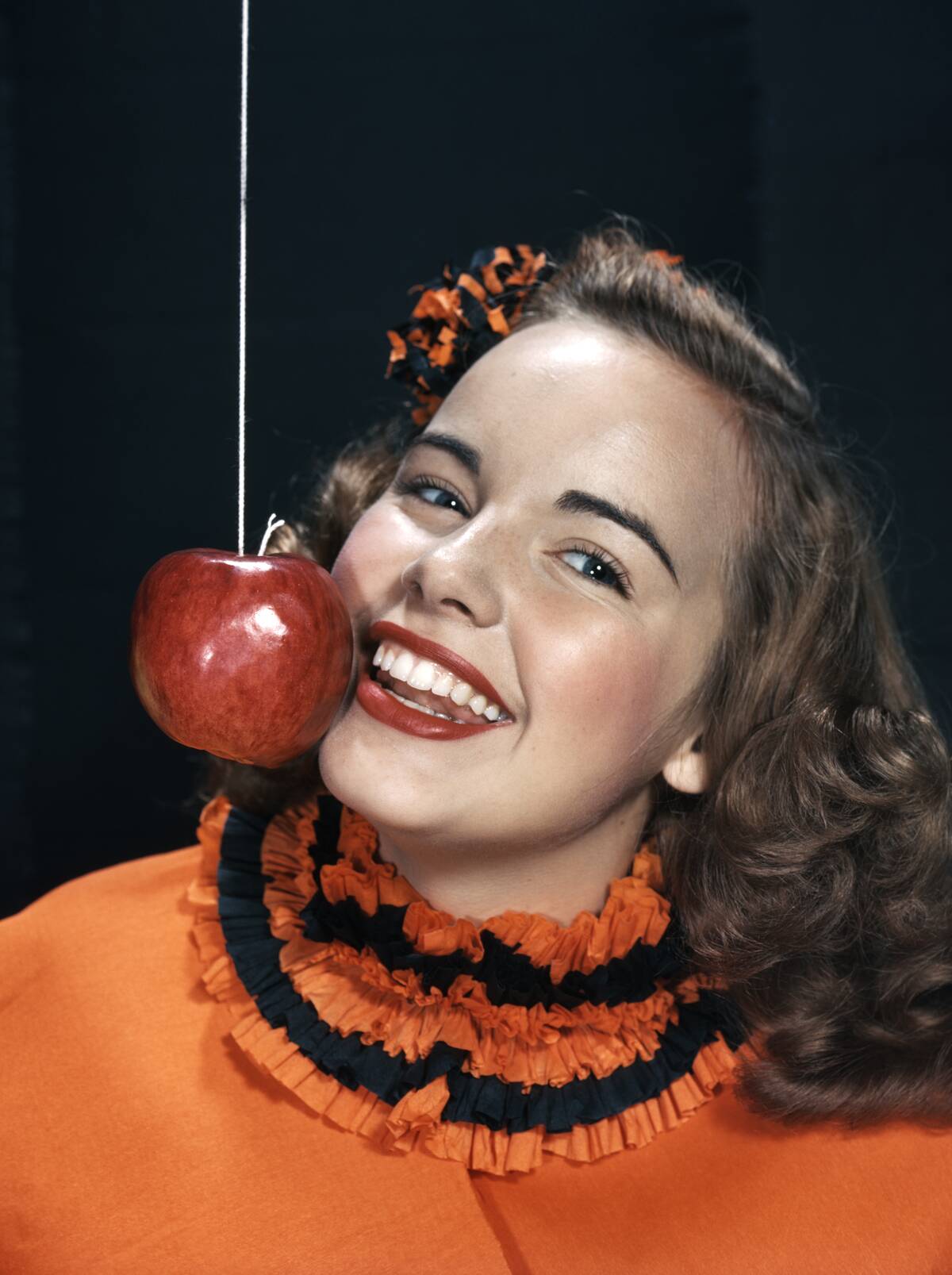
A healthy smile isn’t just about brushing and flossing—it’s also about what you eat. Crunchy fruits and vegetables like apples and carrots can help clean your teeth as you chew.
Dairy products such as cheese and yogurt are rich in calcium and phosphates, which strengthen tooth enamel. On the other hand, limiting sugary snacks and drinks is crucial, as they are a primary cause of cavities. A balanced diet can work wonders for your oral health.
Fun Facts About Toothpaste: From Ancient Pastes to Modern Flavors

Toothpaste has a long and varied history. Ancient Egyptians used a paste made from crushed eggshells and pumice to clean their teeth.
Fast forward to today, and we have an array of flavors ranging from traditional mint to more adventurous options like bacon or bubblegum. Despite these vast differences, the core purpose of toothpaste remains the same: to promote oral hygiene and keep smiles bright across generations.
Dental Superstitions: Weird Beliefs from Around the World
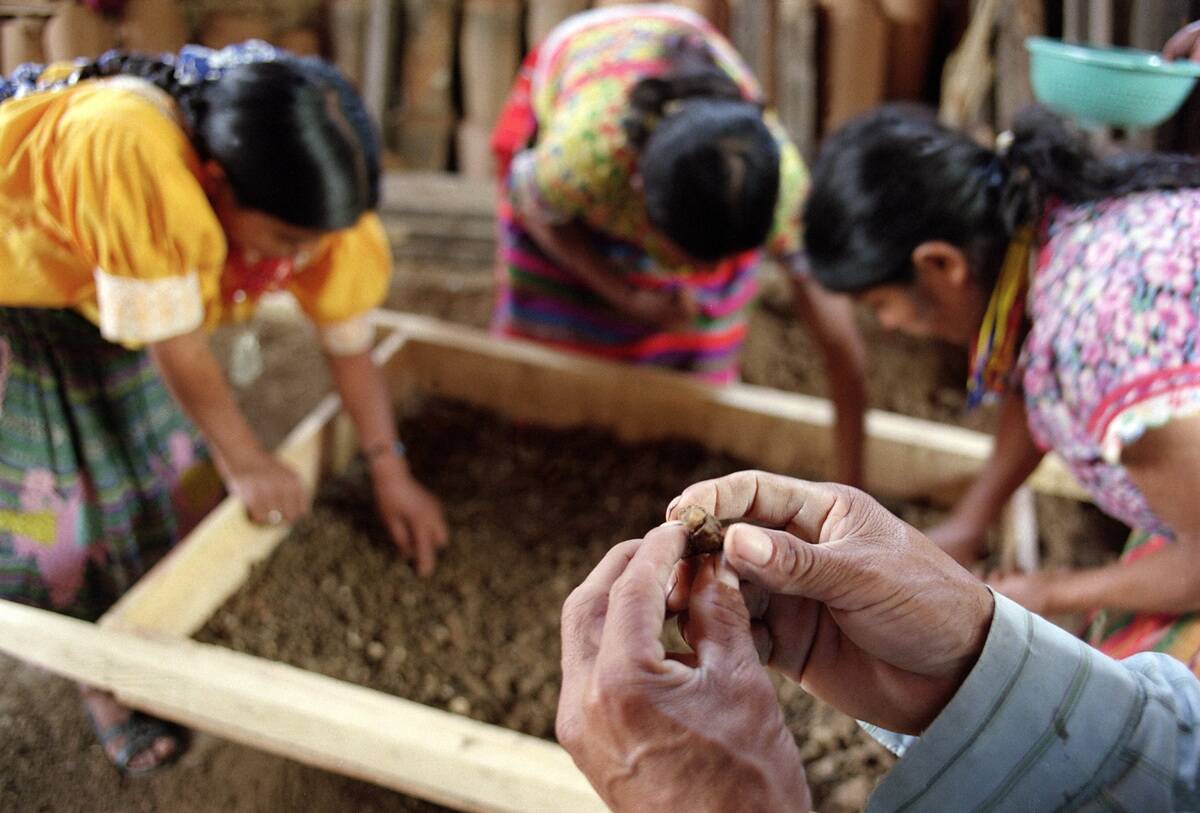
Superstitions surrounding teeth can be found in many cultures. Throughout Korea, it’s historically believed that if you throw a lost tooth onto the roof, a healthy new tooth will grow in its place.
Meanwhile, in Turkey, burying a child’s lost tooth is thought to bring good fortune. While these beliefs may not hold scientific weight, they add a colorful layer to the cultural tapestry of dental traditions, illustrating the universal importance of teeth.
The Art of Dental Sculpting: Crowns, Bridges, and More
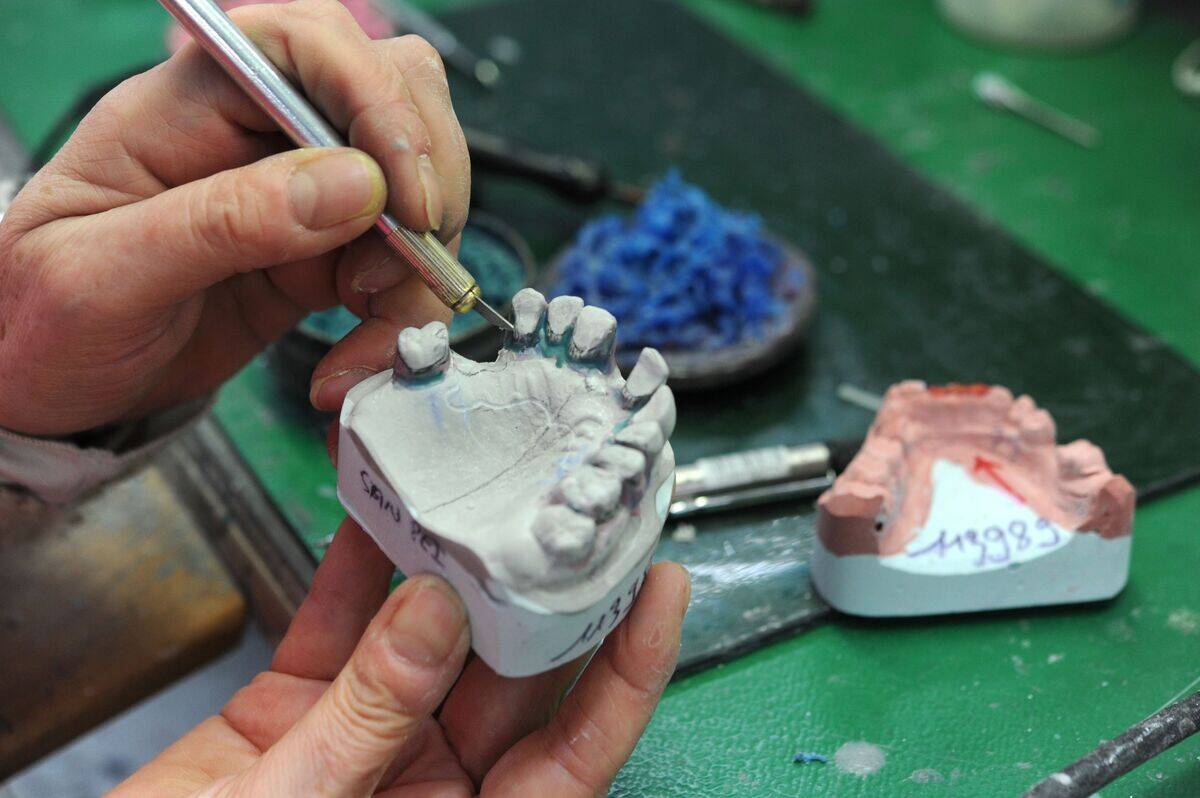
Dental sculpting is an intricate art form that combines skill and technology to restore damaged teeth. Crowns and bridges are crafted with precision to replicate the natural appearance and function of teeth.
Modern advancements, such as 3D printing, have revolutionized this process, allowing for more accurate and aesthetically pleasing results. This blend of artistry and science helps patients regain confidence in their smiles and maintain oral health.
The Eco-Friendly Dentist: How Dentistry Is Going Green
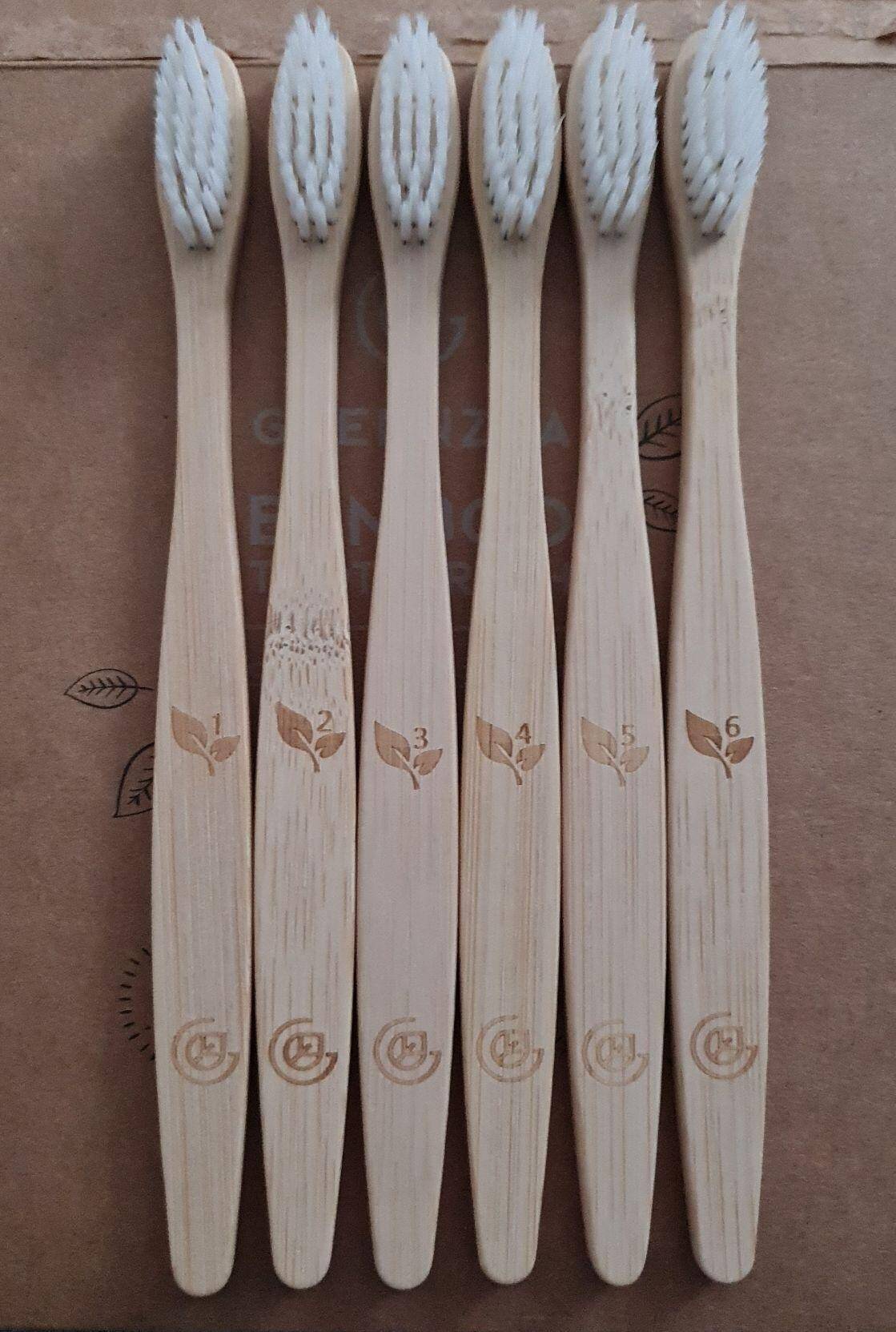
Sustainability is becoming a focus in dentistry, with eco-friendly practices gaining traction. Some dental offices are adopting biodegradable toothbrushes (made from bamboo) and reducing plastic waste by using digital X-rays.
Additionally, water-saving technologies and energy-efficient lighting are being implemented to minimize environmental impact. These green initiatives not only benefit the planet but also promote a healthier environment for patients and dental professionals alike.




